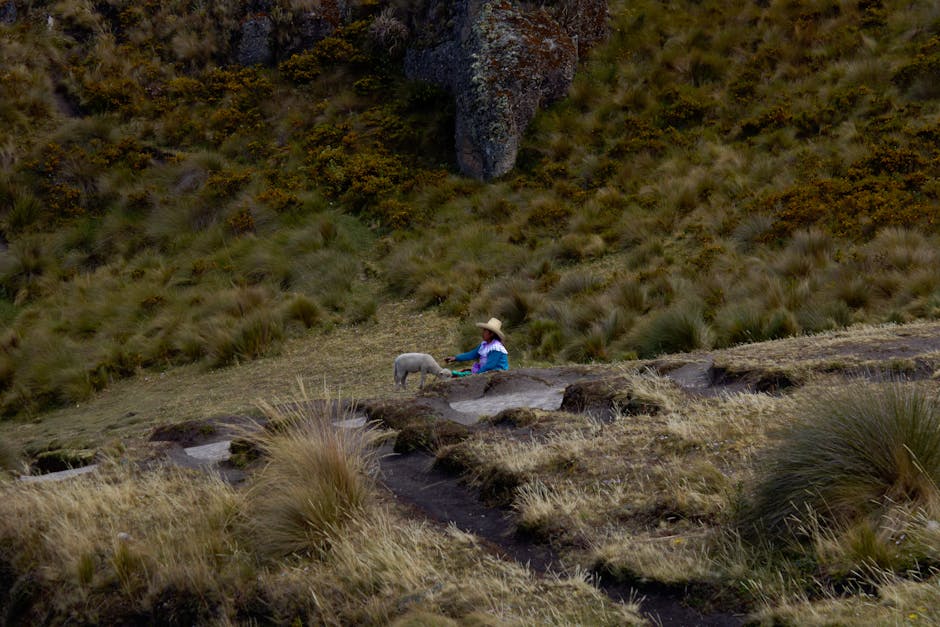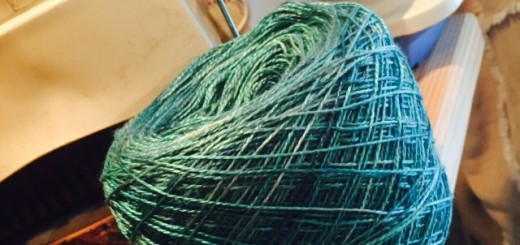The thing about Cashmere Yarn
Why do we love Cashmere Yarn? Because yarn made from cashmere is known for its softness and luxurious feel. It is made from the fine undercoat of cashmere goats, primarily found in regions like Mongolia, Nepal, and Northern India. The process of collecting cashmere involves combing the goats’ undercoat during their molting season. This process is labor-intensive, as each goat produces only a small amount of cashmere fiber. The collected fibers are then spun into yarn, creating a material known for its warmth and quality.

Cashmere Goat Breeding and Care
Cashmere goats require proper breeding and care to produce high-quality cashmere wool. Here are some key points to keep in mind:
- Breeding: Select healthy cashmere goats with good genetics for breeding. This helps maintain the quality of the cashmere wool they produce.
- Feeding: Provide a balanced diet rich in nutrients to ensure the goats produce soft and luxurious cashmere fibers.
- Shelter: Ensure the goats have proper shelter to protect them from harsh weather conditions, as this can affect the quality of their wool.
- Healthcare: Regularly monitor the goats’ health and schedule routine check-ups with a veterinarian to prevent any illnesses that could impact their wool production.
- Grooming: Regularly groom the goats to keep their coats clean and free from tangles, as well as to prevent matting that can affect the quality of the cashmere fibers.
- Shearing: Shear the goats carefully and at the right time to harvest the cashmere wool without causing any harm to the animals.
Harvesting Cashmere Fibers
Cashmere fibers are typically obtained from the undercoat of cashmere goats during their molting season in the spring. The process involves delicately combing or shearing the goats to collect the fine, soft undercoat fibers. These fibers are then cleaned, de-haired, and spun into yarn to create luxurious cashmere garments. The harvesting of cashmere fibers is a meticulous and labor-intensive process that requires skill and precision to ensure the quality of the yarn.
Processing Cashmere Fibers into Yarn
Cashmere fibers are obtained by combing the soft undercoat of cashmere goats. The fibers are then cleaned to remove dirt and debris. Next, the fibers are dyed to achieve the desired color. They undergo a spinning process that twists the fibers together to form yarn. The yarn is then ready to be woven or knitted into luxurious cashmere garments. There are so many types of cashmere yarns, from solid to multis, from pure to blends – check out all of FABS Cashmere Yarns here: Cashmere yarn at fabulousyarn.com
Spinning Cashmere Yarn
To spin cashmere yarn, the raw fibers from the Cashmere goat are combed and sorted to remove any impurities. The fibers are then aligned and twisted together to form a strong, smooth yarn. This spinning process can be done by hand or using a spinning wheel, depending on the desired yarn thickness and texture. The quality of the cashmere yarn is determined by the fineness of the fibers and the skill of the spinner in creating a consistent, luxurious yarn.
Dyeing Cashmere Yarn
Dyeing cashmere yarn involves adding color to the yarn to create vibrant shades. The dyeing process can be done using natural or synthetic dyes, depending on the desired outcome. Cashmere yarn is carefully dyed to ensure the color is evenly distributed and long-lasting. The dyeing process plays a significant role in determining the final look of the cashmere garment.
Knitting or Weaving Cashmere Garments
To knit or weave cashmere garments, you will need cashmere yarn, which is known for its softness and luxury. Cashmere yarn can be used to create a variety of items like sweaters, scarves, and blankets. When knitting with cashmere yarn, you can achieve a cozy and warm feel for your garments, perfect for colder seasons. If you prefer weaving, cashmere yarn can be used on a loom to create beautiful and soft fabrics for shawls or wraps. Remember, the quality of the cashmere yarn you choose will greatly impact the final outcome of your knitted or woven garment.
Quality Control and Testing
During the cashmere yarn production, quality control and testing are crucial steps to ensure the final garment meets high standards. Fiber quality is assessed by measuring the fineness, length, and color consistency of the yarn. Any impurities are removed through cleaning processes to maintain the yarn’s purity. Testing involves checking for strength, durability, and softness to guarantee the cashmere yarn’s superior quality.
Sustainable Practices in Cashmere Production
Sustainable practices in cashmere production aim to minimize harm to the environment and ensure the welfare of the goats producing the valuable fiber. Farmers practicing sustainability focus on using ethical methods like gentle combing to collect cashmere without harming the goats. Additionally, sustainable production involves implementing environmentally friendly processes, such as natural dyeing techniques and reducing water usage during manufacturing. By prioritizing sustainability, the cashmere industry can contribute positively to both the environment and the communities involved in the production process.
Conclusion: Embracing Cashmere in Fashion
In conclusion, embracing cashmere in fashion brings luxury and comfort together in your wardrobe. The journey from goat to garment highlights the craftsmanship and attention to detail that goes into creating these exquisite pieces. Incorporating cashmere into your style adds a touch of sophistication and elegance, making it a timeless investment for your closet. Whether you opt for a cozy cashmere sweater or a statement cashmere scarf, you are sure to elevate your fashion game with this soft and sumptuous textile. So, go ahead, indulge in the world of cashmere and enjoy the ultimate blend of style and comfort!


